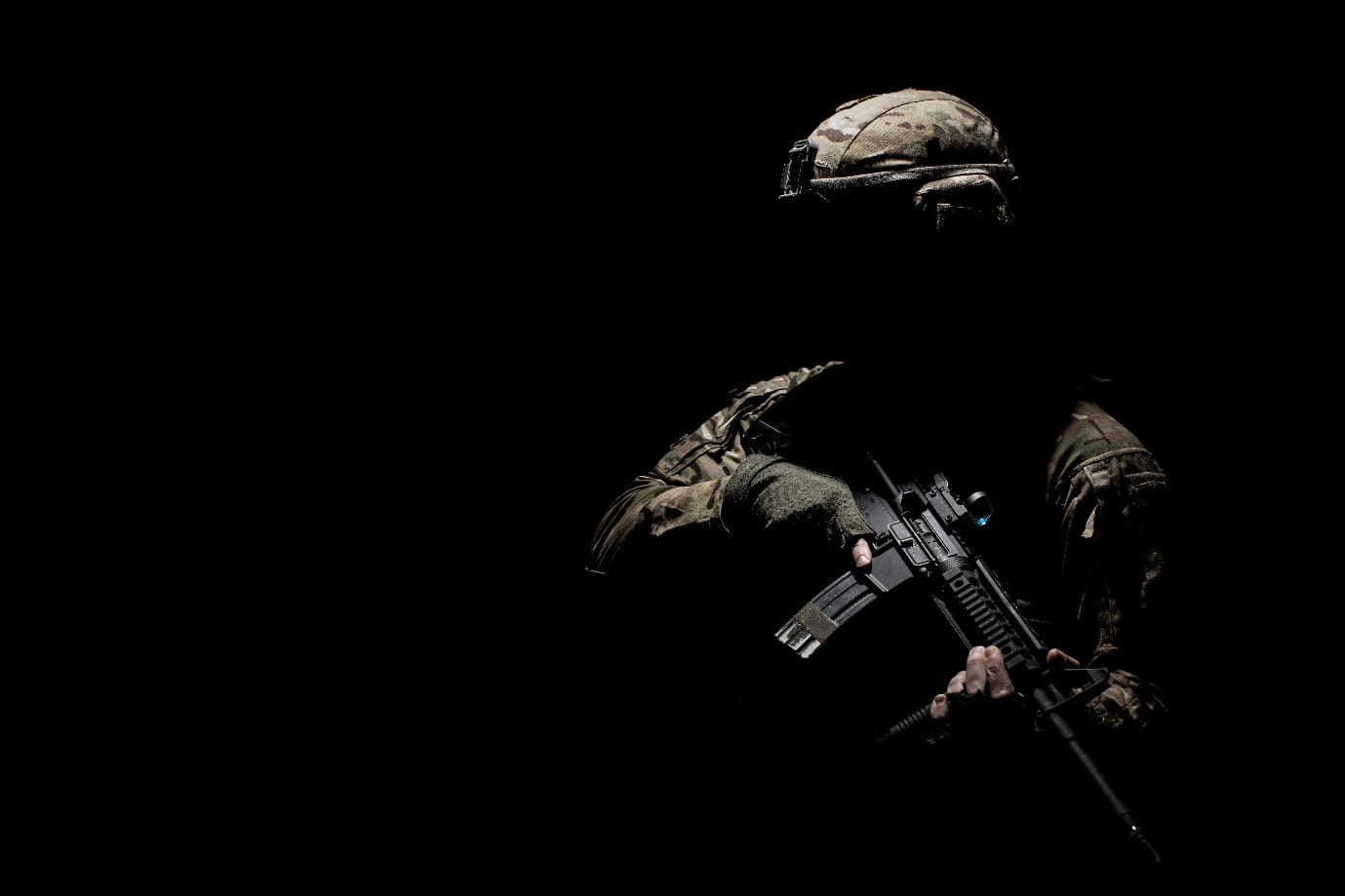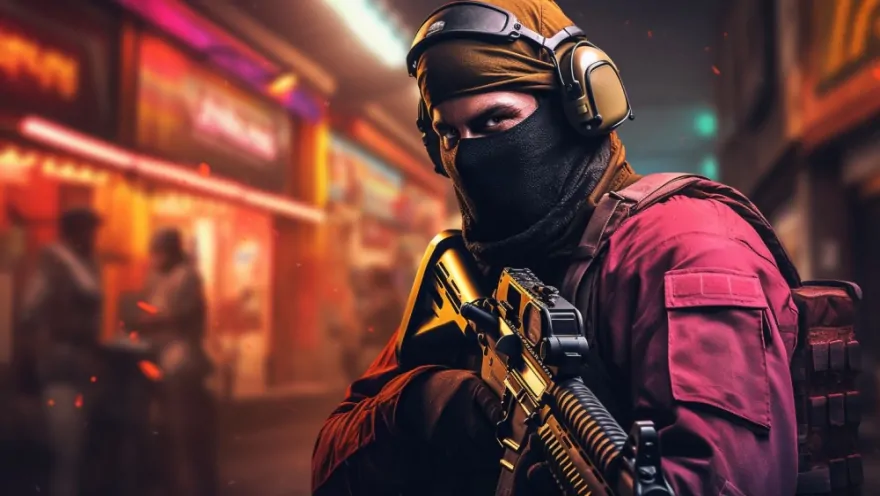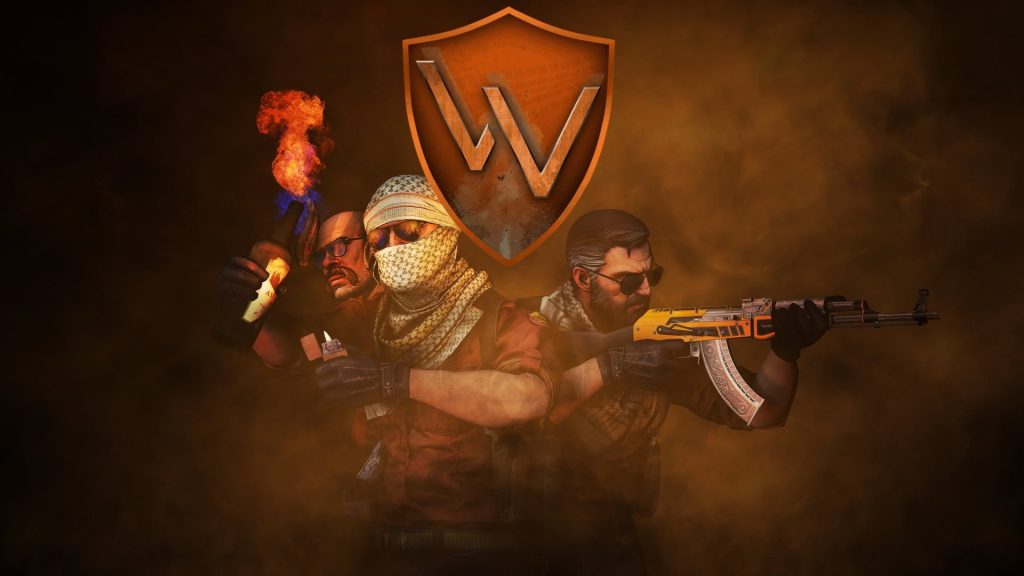
So, you’ve decided to jump into Counter-Strike 2, one of the most iconic and competitive first-person shooters out there. Exciting, right?
But let’s be real: facing experienced players in a live match can feel like being thrown into the deep end.
The good news is, you don’t have to jump in completely unprepared. This guide is here to help you get to grips with one of the all-time great games and a set of expert tips.
Give these a try and get a head start on the other newbies!
Master your movement and stealth
Movement in CS2 is more than just getting from point A to B, it’s a language.
Running around the corners or stomping through the halls like a marching band is a surefire way to get picked off. Every step you take makes some noise, and enemies who hear you coming will already be aiming the moment you appear. That’s why the “Shift” key is very useful: walking keeps you silent and gives you the edge in close encounters.
But stealth alone isn’t enough. CS2 techniques like “jiggle peeking” (quick, tiny peeks around the corners) let you bait out the shots or spot the enemies without committing. Then there’s “wide peeking”, a more aggressive move where you swing out to challenge a position with confidence and speed.
The best players are precise as well as fast. They know when to hold, when to move, and how to make themselves as hard to hit as possible. Mastering movement means turning your body into a weapon.
Make smart purchases in the in-game economy
CS2 has its own in-game economy, and if you treat every round like a shopping spree, you’ll go broke fast.
Every action, including winning, losing, planting the bomb, and getting kills, affects how much money you and your team get. That means your buying decisions need to be as strategic as your aim.
Sometimes it’s better to go “eco”. In other words, saving your cash by buying a cheap pistol and skipping armor for a round, so in the next round you can afford the rifles and full utility.
Other times, a “force buy” is the call. This involves spending your remaining cash on whatever gives you a fighting chance, even if it’s not ideal.
The smartest teams know how to play the long game, making sacrifices now for later stronger rounds. This level of planning keeps you competitive and flexible.
And just like with any other strategy game, managing your resources well is often what separates the casual players from clutch legends.
<iframe width=”560″ height=”315″ src=”https://www.youtube.com/embed/F18iGjaSWf0?si=B_YYk6bPRxWPul1J” title=”YouTube video player” frameborder=”0″ allow=”accelerometer; autoplay; clipboard-write; encrypted-media; gyroscope; picture-in-picture; web-share” referrerpolicy=”strict-origin-when-cross-origin” allowfullscreen></iframe>
Learn map layouts and essential callouts
Every map in CS2 is a maze of possibilities and knowing your way around can win some rounds before the first shot is fired.
Start with one map. Focus on learning the key bomb sites, pathways, and especially choke points: those tight, high-stakes areas where fights always break out.
But you also need to learn the language of the map, i.e. callouts. These are the shorthand terms players use to describe areas quickly, like “Window”, “Connector”, or “Long”. Knowing them lets you communicate effectively with your team and understand what they’re saying back.
If you missed a callout, you could rotate too late or walk into an ambush. Get this right and you’re coordinating like a pro, setting up the crossfires or flanks that feel telepathic.
CS2 is about intel as well as aim. The better you know the map, the more you can anticipate the enemy moves, predict rotations, and control the flow of the game.
Communicate constantly and work as a team
In CS2, silence isn’t golden at all: it’s a liability.
The best players talk constantly, giving and receiving crucial intel that shapes every decision. If you hear the footsteps, you need to call them out. Spot an enemy and you need to say where. See the utility flying in? Tell your team what’s coming.
These micro-updates let your squad adapt on the fly including rotating, setting up defenses, or coordinating attacks with precision.
The effective communication also means using the exact callouts, suggesting strategies (“Let’s push mid next round”), or timing your moves (“Flash in 3, 2, 1…”).
CS2 rewards teamwork far more than solo heroics. A single well-timed flash or synced retake can flip a round. Even if your aim isn’t perfect, good comms can make you invaluable.
So, get used to talking clearly, calmly, and often. The better your team synergy, the more you start feeling less like five individuals and more like a single unit that can achieve big things!
Practice core skills in training
As a new Counter-Strike 2 player, diving headfirst into competitive matches can be an intimidating and often frustrating episode.
The good news is that the game has trial features: practice modes which let you try out your strategies before getting into the thick of the action. This is a smart move practised by players all over the gaming spectrum, whether it´s testing out the strategies in CS2 or trying free casino games before playing for real money.
These training environments act as stress-free sandboxes, where you can get comfortable with the basics before diving into real matches. You’ll have the chance to learn the core mechanics, like how weapon recoil behaves, how to move silently, and how to clear the corners properly, without the chaos of live opponents breathing down your neck.
They’re also the perfect place to get to know the maps inside and out. You can take your time exploring different routes, identifying likely choke points, and memorizing the callouts that matter. Knowing where you are – and how to communicate that quickly – will instantly make you a more valuable teammate down the line.

